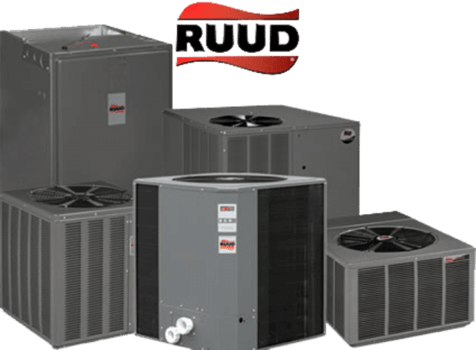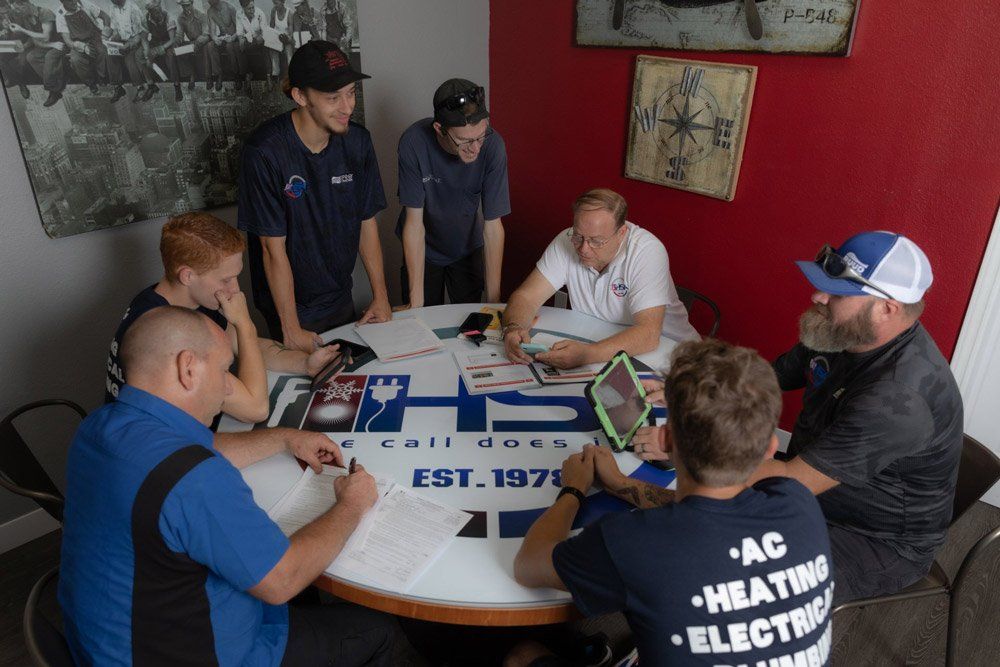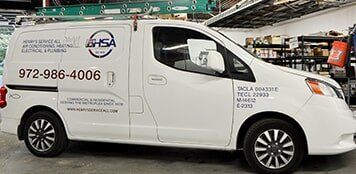4 Easy Ways to Avoid Fried Electronics and Appliances

Many Americans are in love with electrical devices, gadgets, and appliances because they're handy and convenient. In fact, our desire for electrical power has increased dramatically since 1978 , from only 17 percent of our total home power use to over 30 percent.
This increase demonstrates our reliance on electric appliances as well as our need to protect them from surges in power. If you want to protect your devices, look at these four easy ways to avoid fried electronics and appliances.
1. Invest in Multiple Power Strip Surge Protectors
Those power strips with a row of outlets are more than just glorified power adaptors. Make sure your power strips are equipped with a surge protector to protect whatever is plugged in. Check on the box for a rating in Joules of energy and how many voltages it can withstand. That power strip is not a surge protector if this vital information is missing.
That living room corner with great power needs from a TV, DVD player, floor lamp, and phone charging station needs a power strip with surge suppression to accommodate several plugs. So too do other areas of your home.
Use a strip at your home office for your computer, printer, and charging stations. You can even find models designed for a nightstand or other small tables for your phone charger, CPAP machine, and reading light.
2. Use Single-Use Surge Protectors for Large Appliances
Much like power strip surge protectors, single-use models protect appliances and electronics from power spikes and fluctuations. However, they are smaller and more convenient to dedicate for large, expensive appliances.
Modern dishwashers, washing machines, and refrigerators are in greater need than ever of protection from power surges. Newer models are WiFi-equipped and contain delicate electronic circuity. Fortunately, you can avoid a fried control board during an electrical event when you plug each appliance into its own single-use surge protector.
3. Upgrade to a Whole-House Surge Protector
A whole-house surge protector is the workhorse of home surge protection, capable of stopping a minimum of 40,000 amps of voltage. Installed right at the electrical service panel, these surge protectors can halt surges from fluctuations caused by:
- Nearby downed power lines
- Extremely high and sudden power use at nearby factories
- Normal on and off cycling of large electronics in your home
A whole-house protector can protect all things electrical under your roof that power strips cannot cover, like expensive LED light fixtures or your HVAC unit.
Not every homeowner is aware of this surge protection option. Fortunately, most electricians can install this unit in your home as a first line of defense against power fluctuations.
4. Replace an Old Breaker Panel
If your older home still has original electrical components, chances are the breaker panel needs to be replaced with a newer, more modern counterpart. Not only does a new panel provide extra space to add additional circuits, but it's a lot safer.
Older panels might not be capable of routing your home's electrical supply to all the outlets. Also, greater electrical demands mean that old panel simply cannot keep up. You might notice events like:
- Flickering lights
- Overheated appliances
- Burning smells or melted wires
These signs typically mean circuits are overloaded and the risk for fire is real.
Now that you realize you can do more to protect your electronics and appliances from being fried, take steps to add the right surge protectors now. You need a professional to take care of changes like a whole house surge protector and an updated breaker panel. Contact the experts at Henry’s Service All to learn about more ways to protect your electronic investments.











